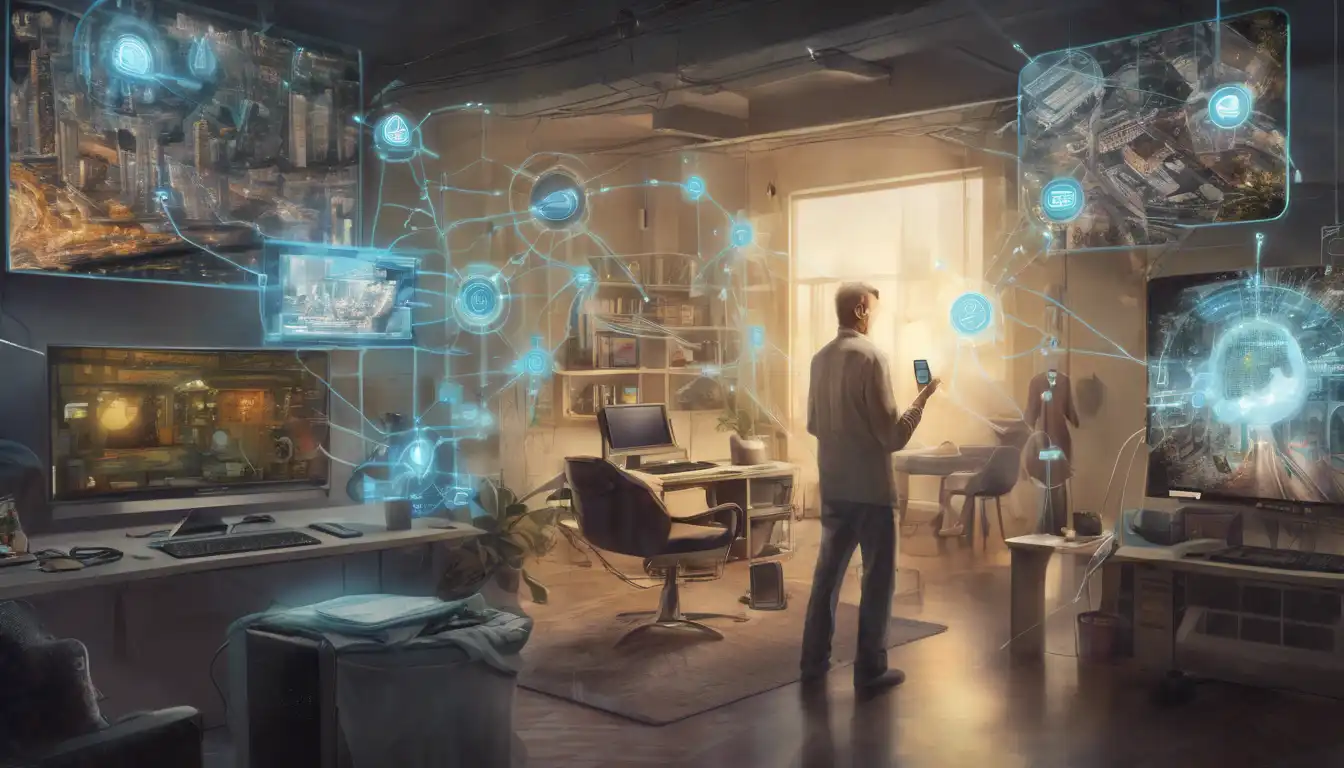Introduction to the Internet of Things (IoT)
The Internet of Things (IoT) represents a revolutionary shift in how we interact with technology, embedding intelligence into everyday objects. This connectivity not only enhances convenience but also significantly improves the quality of life across various sectors.
Enhancing Home Automation
Smart homes are perhaps the most visible application of IoT, offering unprecedented control over home environments. From adjusting thermostats remotely to monitoring home security through smartphones, IoT devices make homes safer and more energy-efficient.
- Smart thermostats learn your schedule and adjust temperatures accordingly.
- Connected security cameras provide real-time surveillance alerts.
- Automated lighting systems reduce energy consumption.
Revolutionizing Healthcare
IoT is transforming healthcare by enabling remote monitoring and personalized care. Wearable devices track vital signs, alerting users and doctors to potential health issues before they become serious.
For more insights on digital health innovations, explore our digital health section.
Optimizing Urban Living
Smart cities leverage IoT to improve infrastructure, reduce traffic congestion, and enhance public safety. Sensors collect data to optimize traffic flow, while smart streetlights adjust brightness based on activity levels, saving energy.
Boosting Agricultural Efficiency
In agriculture, IoT devices monitor soil moisture and crop health, enabling farmers to make informed decisions that increase yield and reduce waste. This technology is crucial for feeding the growing global population sustainably.
Conclusion
The Internet of Things is not just about connecting devices; it's about creating a smarter, more efficient world. As IoT continues to evolve, its potential to improve lives is limitless, making it one of the most exciting areas of technological advancement today.
Discover more about how technology is shaping our future in our technology trends section.
